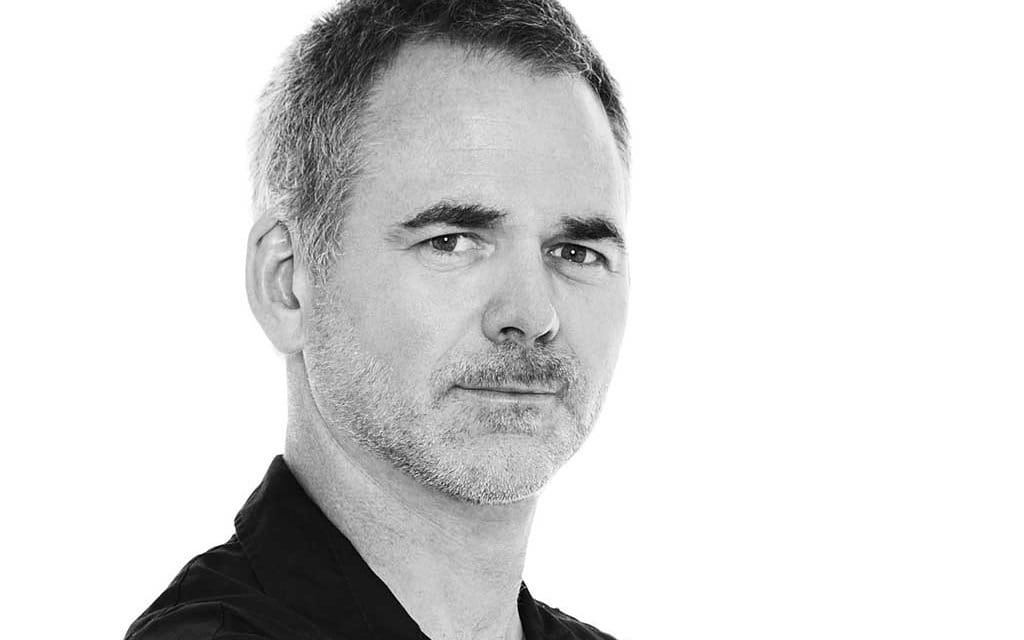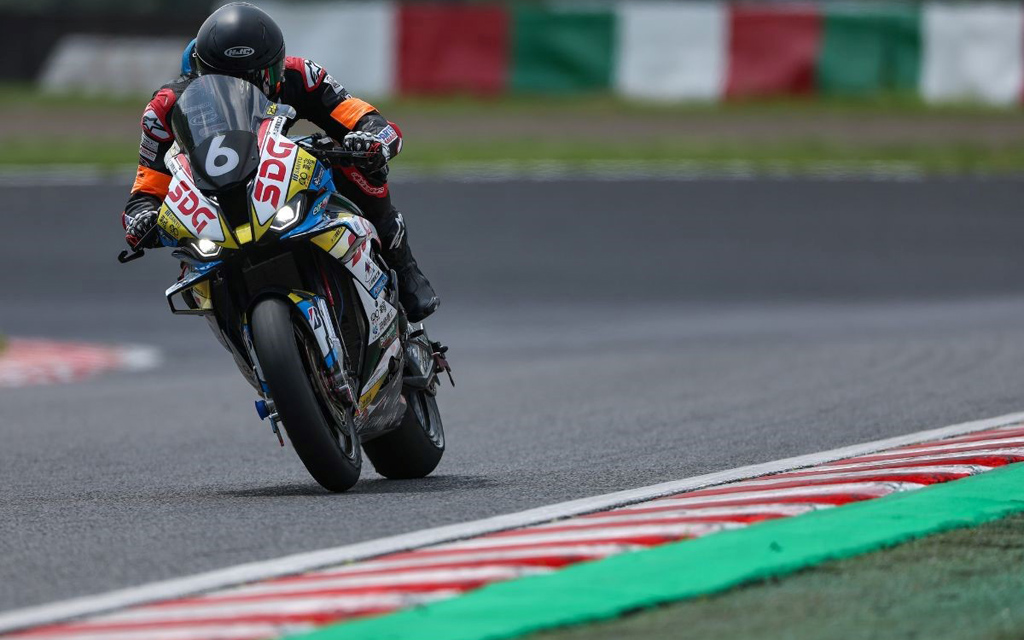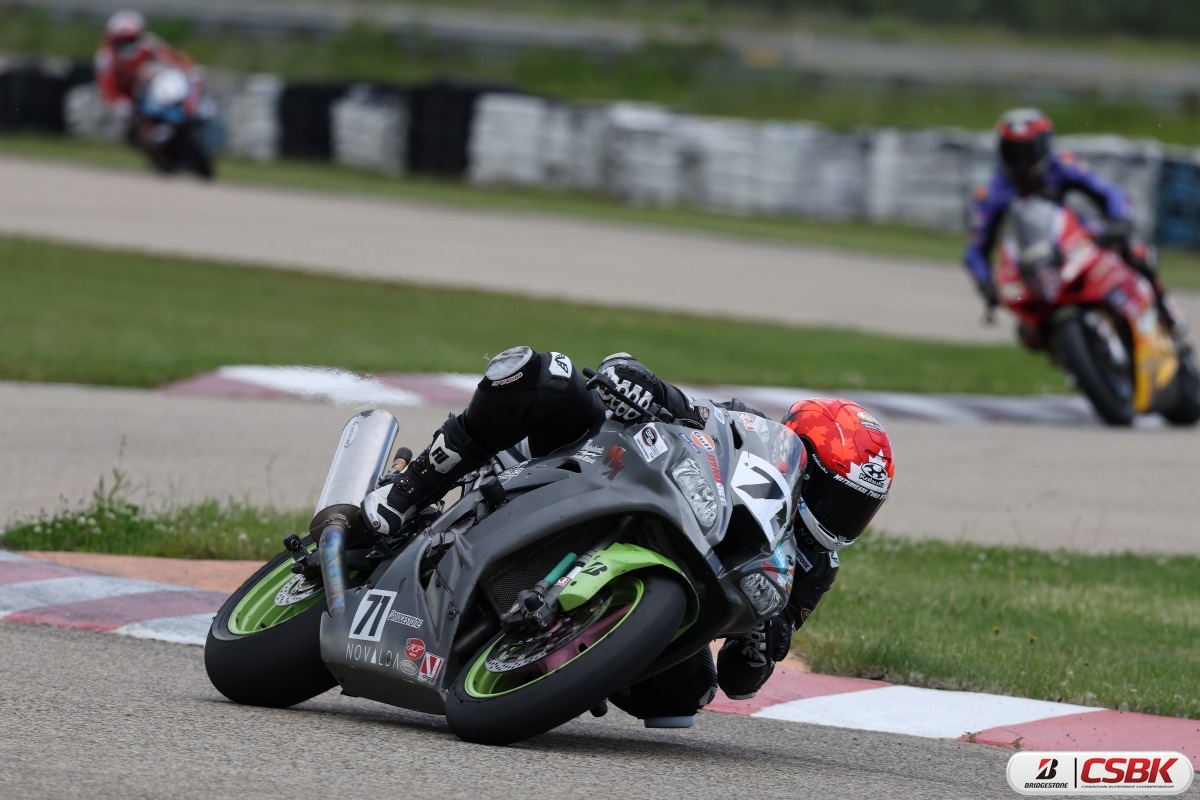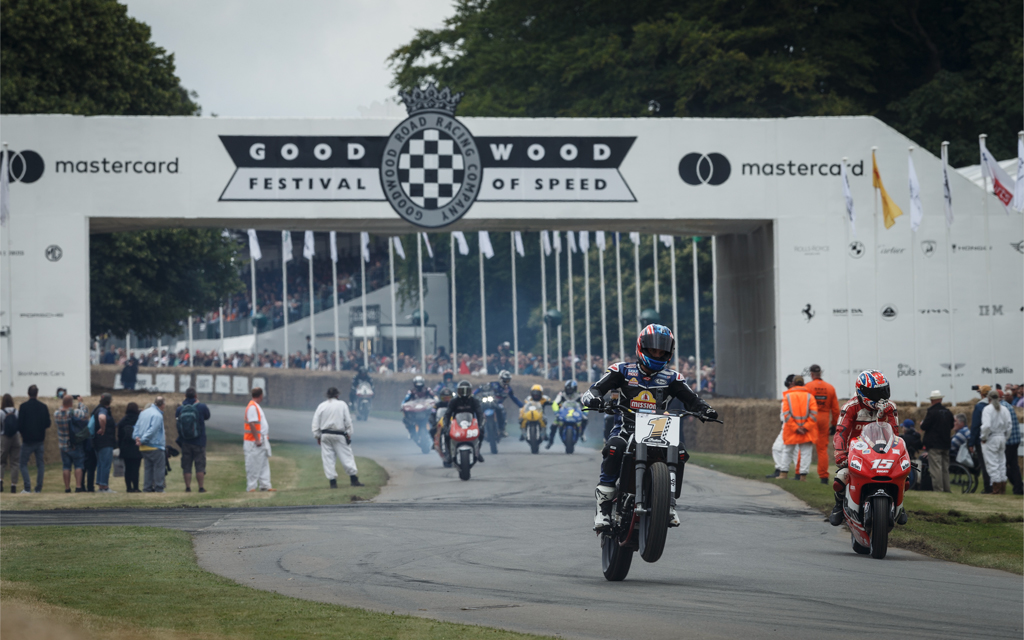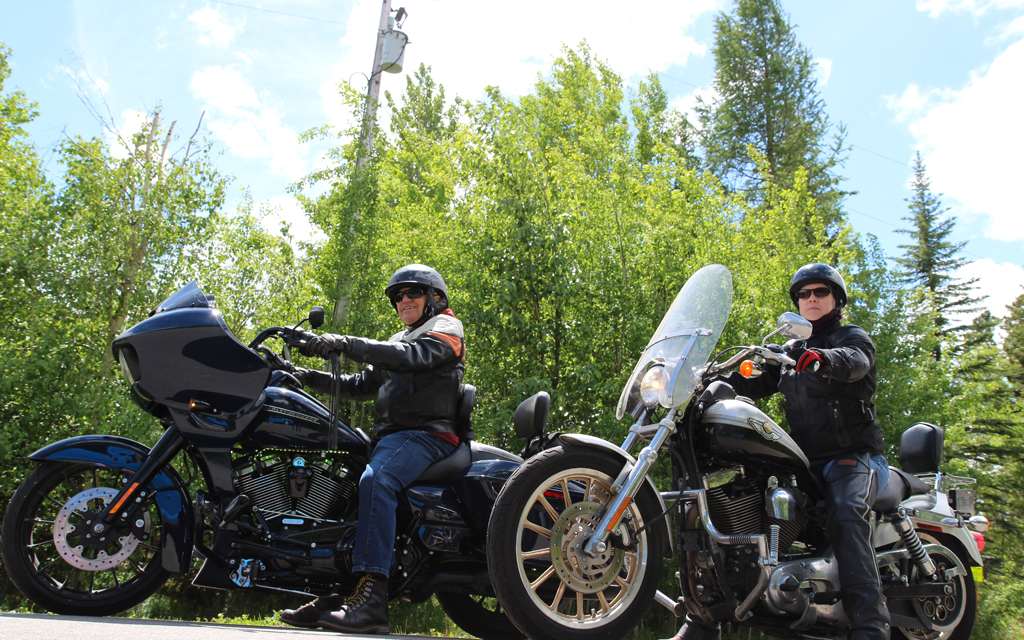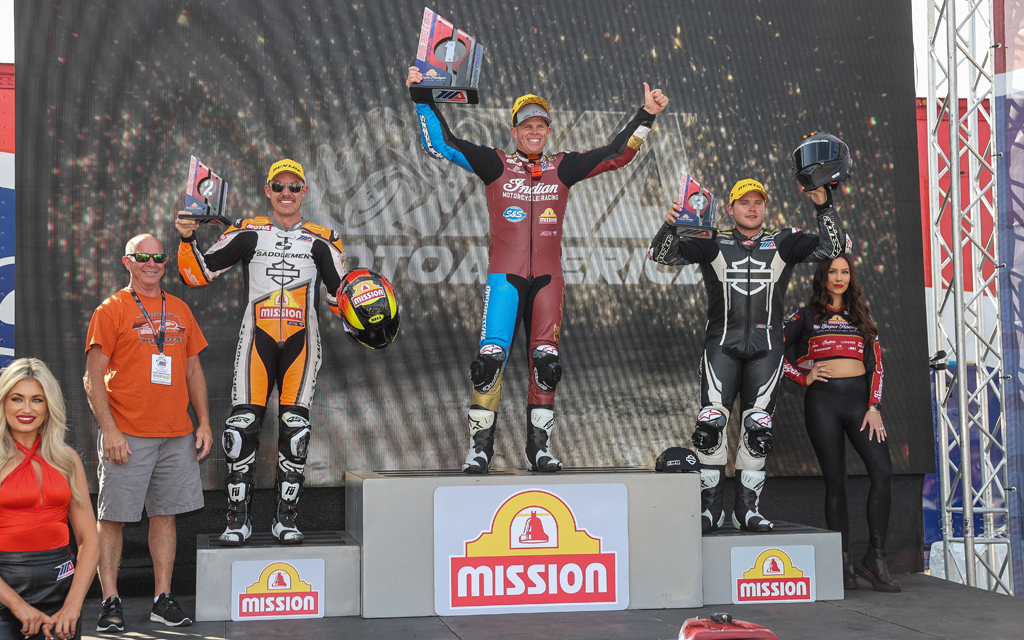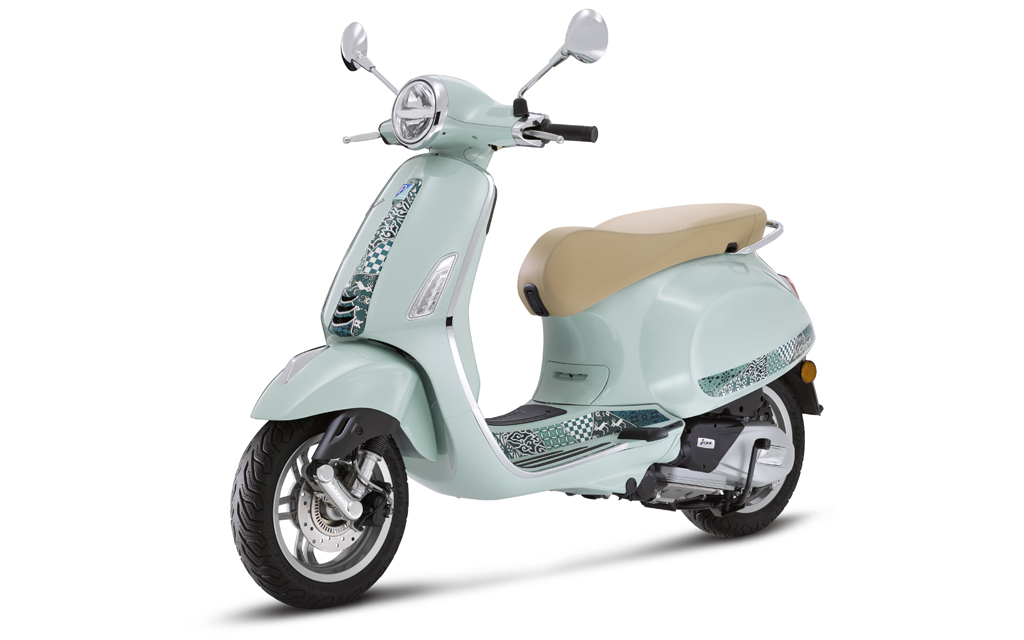It finally happened. After three straight days of riding at Roebling Road raceway I’d done it: I was relaxed, humming away in my helmet, and slightly bored. And it took a lot of work to get there — lap after lap on a CBR600RR. Long after journalists had departed to catch flights and long after others quit because of bad knees and sore hips and kinked necks I carried on. Through the soreness (I felt the pain, too, despite stretching for an hour before and after each day) and on into numbness I persevered. A few times I nearly stopped. I wanted to stop. And then, late in the afternoon of the third day, I reached what I’d been riding for.
Riding a motorcycle is exciting. If it weren’t, we wouldn’t do it. But excitement isn’t an ideal attribute to have while you’re riding a motorcycle. Excitement engages a rider in the act, but excitement has vestiges of our fight-or-flight ancestry, and when you’re running to catch a wildebeest or fleeing for your life from a wild beast, suppleness serves no purpose. The wind and the speed and the noise of a motorcycle — especially one ridden on a racetrack or with purpose on a challenging road or trail — can make the rider too excited, so that they’re pumped up when the task of riding is better served by being chilled out.
But knowing relaxation is the goal is not enough to foster it. No more than a seasoned flyer telling a nervous flyer to “relax” serves any use. An amateur musician, gripping the neck of a guitar with the same force that a man dangling over a snake pit clings to a rope, can learn, over time, to soften the hands. But noodling on a guitar in the living room is not the same as entering a braking zone at 220 km/h. And yet relaxation serves the motorcyclist as well as it serves the guitarist. Fluidity allows one musical note to blend with the next, and staccato notes standing alone are unified into a whole. Pablo Casals was so good at unifying notes that he transformed what had — before his time — been considered practice pieces for the cello into meaningful music. It’s all about technique filtered through the artist’s sensibility. If Rossi is Casals, that punts me down to where I’m a watercolour painter flogging images of collapsing barns at craft shows. Rossi the artist. Graham the artisan. Ouch.
My first day at Roebling Road served to convince me that I could ride again after a winter of hobbling around with a lame back. At the dawn of the second day I resolved to keep my head up, my eyes ahead, and my arms supple. I was struggling with the arms. While I ride I attempt to circulate through an informal checklist that gauges my performance. (In the way that a computer monitors a vehicle. But where the computer verifies the systems that it’s responsible for many times a second, I’m happy if I remember twice a lap. Some days it escapes me completely.) But it’s more than just a roll call of physical attributes. It’s a reminder to be mindful of my responses. Does the bike jerk when I roll off the throttle and apply the brakes, or is it a smooth, fluid transition that doesn’t upset the motorcycle? A rider with feet draping off highway pegs — who moves his left foot only to stab at a shifter with the force of a gravedigger leaning into a shovel — is an affront to the delicacy that riding can be.
My problem was that I could feel the tension build in my arms as I approached corners at high speed. Where corners were linked with short second- and third-gear straights, I could brake hard while straight up-and-down and then gently trail my braking pressure off as I added lean angle, and then, at the apex, I’d release the brakes entirely and progressively add throttle. But on the long straights I had a crisis of confidence, and my arms were pumped as if I were about to wrestle a steer to the ground. The brakes of modern high-performance motorcycles (and, with few exceptions, all modern motorcycles are high-performance) require a deft two-finger squeeze, so how could I possibly manage precise braking while bracing for battle? I couldn’t, and you can’t.
On that final day I ran through an entire tank of fuel on the Honda with only a 10-minute break at half-tank. Repetition allowed me, finally, to relax. It was less about confidence in my ability than it was a very mild form of tedium with the task. I had acclimated to 220 km/h like it was 80 km/h. The transition to calmness wasn’t a process of the intellect; it was muscle memory working in tandem with instinct. My instinct told my body that I wasn’t in danger, and my body responded by calmly and capably adding brake pressure and keeping my eyes up and my machine inputs progressive.
Superbike champ Jodi Christie, who was riding with us, zipped past me at one point and later praised my smoothness. Part of this is Christie the gentleman. Part of it is true; I am smooth. But if Christie knew how much work it took me to be 10 seconds a lap slower than him, he’d likely be at a loss for words. But the beauty of riding is that it’s not about anyone else, it’s just the machine and us. And a smoothly executed downshift while progressively braking and turning into our driveway can be as rewarding as the pass of a competitor on the racetrack — even more so if we’ve had to work for it.
